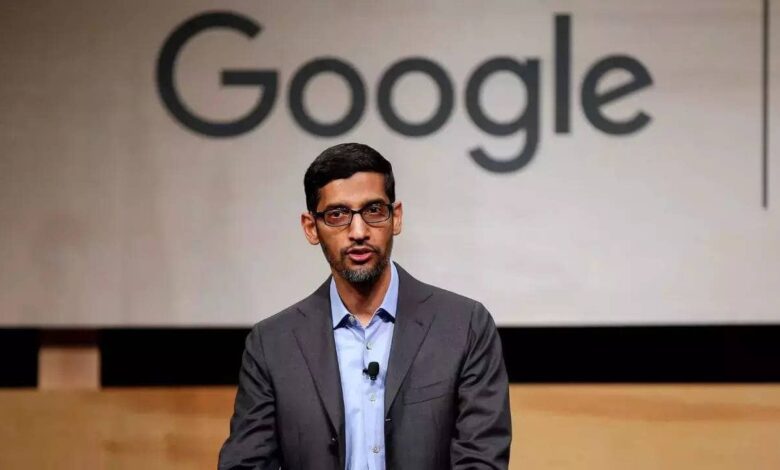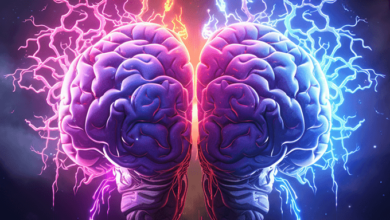
It was during Google’s Q3 earnings call for 2024 that CEO Sundar Pichai revealed one astonishing statistic: more than 25% of all new code written by the company is actually generated by AI, which human engineers then review. What’s happening here represents the beginning of a sea change in how code is written: AI handles tasks that, until now, have been the responsibility of many software engineers and coders.
Although this shift is likely to make coders concerned about ensuring job security, it doesn’t really mean that jobs will be lost. Rather, AI’s integration into the engineering field means that engineers will be freed up to deal with problems at a higher level and devise innovative tasks.
But there is little doubt that automation raises some serious questions about what the demand will be in the future for entry-level coders or those who perform routine coding tasks. This means that engineers should learn how to adjust their skill sets to live with AI. This development now demands that coders also invest in complementary activities such as managing, refining, and directing AI-powered code generation.
Pichai doubled down on Google’s efforts to inject the technology deeper into its operations as AI becomes more integral to development workflows. “AI generates more than a quarter of all new code at Google,” he added in a blog post after the earnings call. The company believes that harnessing AI can help engineers innovate faster and shorten development cycles.
This AI-powered coding help is part of a bigger trend at Google in streamlining processes. Recently, the company merged its research, machine learning, and security teams with platforms and devices teams to help facilitate faster deployment of new models, including Gemini.
Now, Gemini’s integration extends far beyond Google’s own products. “It is available through GitHub Copilot,” Pichai says, a huge step toward opening up AI-powered tools to developers worldwide. Similarly, Google is also making significant investments in video AI: Veo from Google DeepMind launches later this year on YouTube Shorts, giving creators access to generative video tools.
It positions Google to lead a new wave of technological innovation since it uses AI in strategically critical internal processes and user-facing products. This move, other than revolutionizing software development, aimed to introduce new AI features in the remodeling of Google’s product offering.



